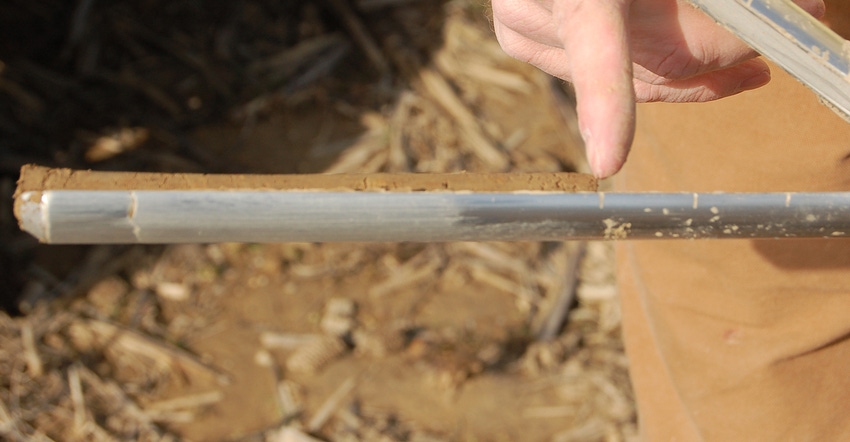October 2, 2018

We’ve grid-sampled ourselves, testing every field every four years. A consultant wants to set up zones based on soil tests and yield maps and test every third year. If we do this, can we expect to either spend less on fertilizer or make more yield to pay his rates and have extra left over?
The Indiana certified crop advisers answering this question are: Betsy Bower, agronomist, Ceres Solutions, Lafayette; Steve Gauck, sales agronomist, Beck’s, Greensburg; and Dan Ritter, agronomist, Dairyland Seed, Wabash.
Bower: Grid-sampling allows me to get a feel for nutrient diversity in fields in relatively deep detail for dollars invested. We’ve been able to find where fields managed differently have been put together over the years. We’ve managed soil pH and lime very effectively.
Zone management can allow for less total number of soil samples taken, so there will be a savings there. However, it doesn’t necessarily allow you to see differences in field areas due to past management. There are some fields, however, that zone management is the best method for the dollar spent to fertilize areas you know will have crop in them every year. I’ve used zone management with a customer based on where a river affects the field the most. We decided together how to manage the zone to most effectively treat the crop that’s there year in and year out.
Zones can also be very effective as a nutrient management tool if you know your fields extremely well. Take a deep dive into why each zone behaves the way it does. Why is it low in yield? Can the low-yield zone be improved so it’s no longer a low-yield zone with fertility or lime or drainage? Once you lock yourself into zones based on yield and apply nutrients based on that yield, you may never reach full potential yield of the zone or whole field.
Some years yield in low areas is best and the following year it’s the worst, just based on the environment we face each year. If the reason it’s a low yield is based on low nutrition or low lime, addressing those issues first, even if doing it conservatively, will be the way to improve yield and overall field income.
Gauck: The program you’re currently using is a great way to manage your farm. If you want to take yields to the next level, there’s an advantage to having another set of eyes on things. The goal for the consultant may not be to spend less on fertilizer, but to move to where you will get your best return on investment. The way to do that is to increase yields, especially field averages. I’ve seen situations in which the field yield average increased because the focus was moved to different parts of the field. If you have good yield history data, there’s some value incorporating it into fertilizer programs. It gives you a benchmark to see when and if you make improvements to the fields.
Ritter: A higher frequency of testing can give a more accurate view of your farm’s soil fertility. By basing zones on soil tests and yield, your soil fertility program can be more precise in applying resources where they’re best utilized. Savings may come from the best and most efficient use of your soil fertility resources.
You May Also Like




